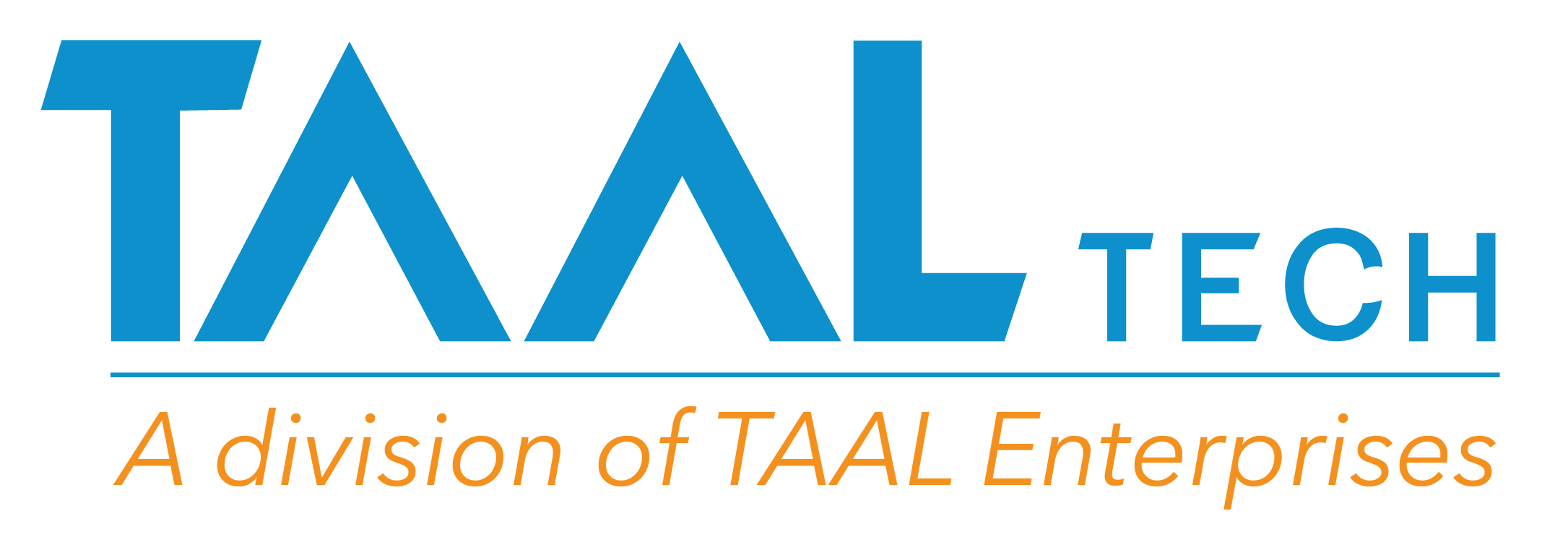
Choosing the Right Engineering Partner for As-Built Modeling Services
In today’s ever-evolving landscape of construction and engineering projects, the integration of Building Information Modeling (BIM) has become not just advantageous but often indispensable. Among the various dimensions of BIM, 4D and 5D BIM services stand out for their ability to revolutionize project management by adding the dimensions of time and cost to the equation.
However, before diving headfirst into outsourcing these services, project management organizations must tread carefully and consider several crucial factors to ensure a seamless integration and maximize the benefits.
Let’s delve into what these considerations entail.
- Comprehensive Understanding of Project Requirements
Before outsourcing any aspect of BIM services, it’s imperative for project management organizations to have a crystal-clear understanding of their project requirements. This includes defining the scope, scale, and intricacies of the project to accurately assess what 4D and 5D BIM services will be needed. Without a thorough grasp of these requirements, outsourcing efforts may result in mismatched deliverables and unmet expectations.
- Evaluation of Vendor Expertise and Experience
Not all BIM service providers are created equal. Project management organizations should conduct thorough due diligence to evaluate the expertise and experience of potential vendors. This includes assessing their track record with similar projects, certifications, technical proficiency, and the quality of their deliverables. Choosing a vendor with a proven track record in 4D and 5D BIM services ensures that the outsourcing partnership is built on a solid foundation of competency and reliability.
- Compatibility with Existing Systems and Processes
Seamless integration of outsourced 4D and 5D BIM services with existing systems and processes is paramount for ensuring workflow efficiency. Project management organizations should assess the compatibility of potential vendors’ technologies and methodologies with their own. Additionally, clear communication channels and standardized protocols should be established to facilitate collaboration between in-house teams and outsourced partners.
- Data Security and Confidentiality
With the proliferation of digital data exchange, ensuring the security and confidentiality of sensitive project information is a top priority. Project management organizations must thoroughly vet potential outsourcing partners to ensure robust data security measures are in place. This includes encryption protocols, access controls, data backup procedures, and compliance with industry regulations such as GDPR or HIPAA where applicable.
- Scalability and Flexibility
Projects evolve over time, and the scalability and flexibility of outsourced 4D and 5D BIM services are crucial to accommodate changing requirements and unforeseen challenges. Project management organizations should seek vendors who offer scalable solutions that can adapt to project dynamics without compromising quality or timelines. Flexible contractual arrangements should also be negotiated to accommodate fluctuations in project scope or schedule.
- Cost Analysis and ROI Assessment
While outsourcing 4D and 5D BIM services can yield significant cost savings and efficiency gains, project management organizations must conduct a comprehensive cost-benefit analysis to evaluate the Return on Investment (ROI). This includes assessing upfront costs, ongoing operational expenses, potential savings, and the overall impact on project outcomes. By quantifying the potential ROI, organizations can make informed decisions about outsourcing strategies and vendor selection.
- Continuous Monitoring and Quality Assurance
Outsourcing does not end with vendor selection; continuous monitoring and quality assurance are essential throughout the project lifecycle. Project management organizations should establish robust monitoring mechanisms to track progress, adherence to timelines, and the quality of deliverables. Regular audits and performance evaluations should be conducted to ensure compliance with contractual agreements and quality standards.
In today’s dynamic business landscape, outsourcing has become a strategic imperative for many organizations seeking to streamline operations, enhance efficiency, and drive innovation. Among the myriad of outsourcing options available, one critical area where companies often seek external expertise is in as-built modeling services. Whether you’re a real estate developer, an architecture firm, or a construction company, finding the right engineering partner for as-built modeling can significantly impact project success and overall business outcomes.
As-built modeling, the process of creating accurate digital representations of existing structures, plays a pivotal role in various industries, including construction, architecture, and urban planning. From renovation projects to infrastructure development, precise as-built models serve as the foundation for informed decision-making, efficient planning, and seamless execution. However, entrusting this crucial task to an external partner requires careful consideration and evaluation.
Here are key factors to look for when selecting an engineering partner for as-built modeling services:
- Expertise and Experience
Begin by assessing the expertise and experience of potential engineering partners. Look for firms with a proven track record in delivering high-quality as-built models across diverse projects and industries. An experienced partner will possess the technical proficiency and domain knowledge required to navigate complexities and challenges inherent in as-built modeling, ensuring accurate and reliable outcomes.
- Technological Capabilities
In today’s digital age, technology plays a pivotal role in as-built modeling services. Seek partners who leverage advanced technologies such as laser scanning, Building Information Modeling (BIM), and Geographic Information Systems (GIS) to capture, analyze, and visualize spatial data with precision and efficiency. Cutting-edge tools and software enhance the accuracy, speed, and scalability of the modeling process, enabling more comprehensive and detailed representations of existing structures.
- Customization and Flexibility
Every project has unique requirements and specifications. Look for engineering partners who offer customization and flexibility in their approach to as-built modeling. A partner who can tailor their methodologies, workflows, and deliverables to align with your project objectives and preferences ensures a seamless integration of modeling services into your existing workflows, fostering collaboration and synergy across project teams.
- Quality Assurance Processes
Quality assurance is paramount in as-built modeling to ensure the integrity and accuracy of the final deliverables. Choose partners who adhere to rigorous quality assurance processes and standards throughout the modeling lifecycle. From data collection and processing to model validation and verification, a systematic approach to quality control minimizes errors, mitigates risks, and enhances the reliability of as-built models, instilling confidence in project stakeholders.
- Collaborative Approach
Effective collaboration is essential for successful outsourcing engagements. Seek partners who adopt a collaborative approach, fostering open communication, transparency, and partnership throughout the project lifecycle. A collaborative partner actively engages with your team, solicits feedback, and addresses concerns promptly, fostering a culture of mutual trust and accountability that is conducive to project success.
- Scalability and Capacity
As your business grows and project requirements evolve, scalability becomes a critical consideration. Choose engineering partners with the scalability and capacity to accommodate your current and future needs effectively. Whether you require modeling services for a single project or ongoing support for multiple initiatives, a partner with robust infrastructure, resources, and personnel can scale their operations seamlessly to meet your demands, ensuring continuity and consistency in service delivery.
- Commitment to Innovation
Innovation drives progress and differentiation in the engineering landscape. Look for partners who demonstrate a commitment to innovation, continually investing in research, development, and emerging technologies to enhance the value proposition of their services. A forward-thinking partner can offer innovative solutions, workflows, and methodologies that optimize efficiency, minimize costs, and unlock new possibilities in as-built modeling, positioning your organization at the forefront of industry trends and advancements.
- Proven Track Record
Past performance serves as a reliable indicator of future success. Evaluate the track record and references of potential engineering partners to gauge their reliability, credibility, and client satisfaction. A partner with a history of delivering successful outcomes, meeting deadlines, and exceeding client expectations instills confidence and minimizes the inherent risks associated with outsourcing as-built modeling services.
- Commitment to Sustainability
Sustainability is increasingly becoming a priority for organizations across industries. Choose engineering partners who prioritize sustainability and environmental stewardship in their practices. From adopting eco-friendly technologies and materials to minimizing waste and carbon footprint, a sustainability-minded partner aligns with your organization’s values and contributes to a more sustainable built environment for future generations.
- Long-Term Partnership Perspective
Beyond the immediate project scope, consider the long-term potential of the partnership. Seek partners who view engagements as opportunities to build enduring relationships and mutual success. A partner who demonstrates a long-term perspective invests in understanding your business goals, anticipates future needs, and proactively seeks opportunities for collaboration and value creation, laying the foundation for a sustainable and mutually beneficial partnership.
Thus, selecting the right engineering partner for as-built modeling services is a strategic decision that requires careful evaluation and consideration of various factors. By prioritizing expertise, technological capabilities, customization, quality assurance, collaboration, scalability, innovation, track record, sustainability, and partnership perspective, organizations can identify partners who align with their objectives, values, and vision, unlocking the full potential of outsourcing as-built modeling and driving business growth and success in an increasingly competitive landscape.

